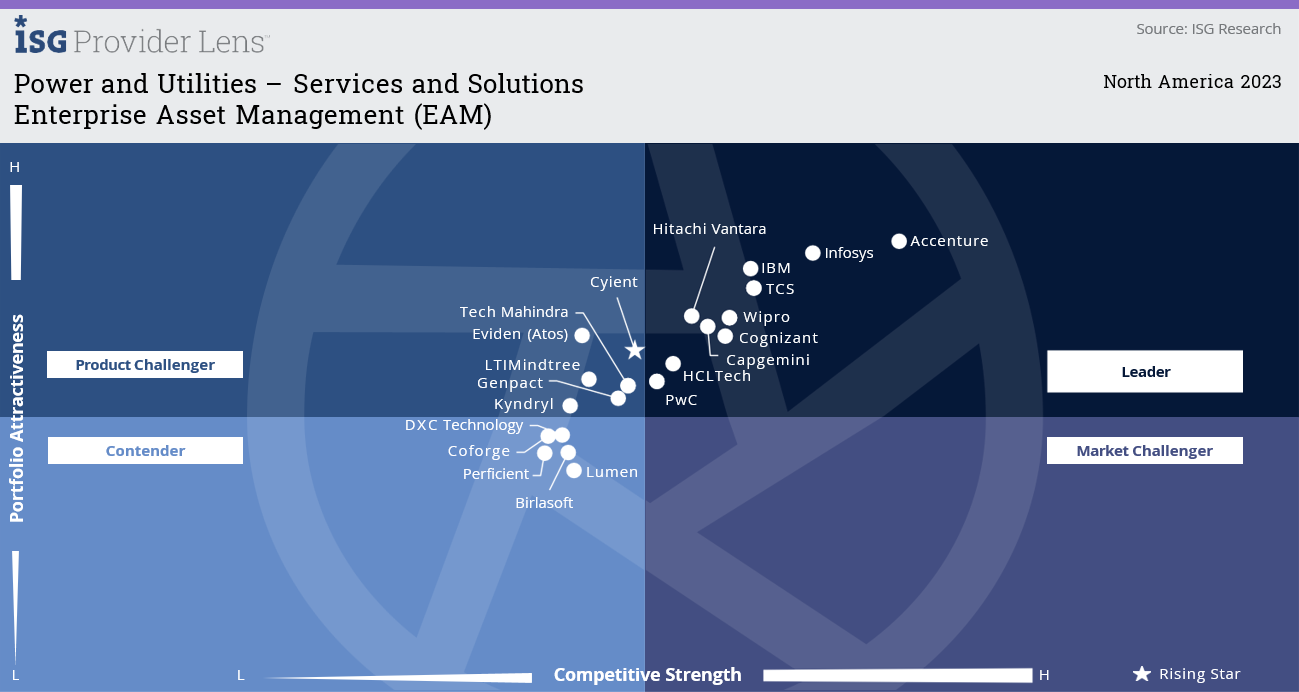Every year, hurricane season reminds us of the importance of emergency preparedness and contingency plans. And every year, we face the impact of outage management and the technology required to successfully restore electricity.
In the utility industry, providers help each other when disaster strikes. For years, utilities have sent line crews to neighboring territories when a large outage impacts customers. The Edison Electric Institute (EEI), the organization that represents U.S. investor-owned utilities, formed what is known as the mutual assistance program. According to EEI, “the mutual assistance program is a voluntary partnership of investor-owned electric companies across the country committed to helping restore power whenever and wherever assistance is needed. We see this when storms happen. It is the underlying program that allows neighboring utilities to pool resources to restore power when recovering from a storm event.”
The program consists of seven regional mutual assistance groups, which can call on each other for larger disasters that impact many customers.
Figure 1: Source EEI
Collaboration Platforms Required by Utilities
Historically, a utility affected by a disaster would have to coordinate the restoration work in its territory by managing assets and scheduling work crews from other utilities in specific areas. Without software and mobility solutions, this is a labor-intensive manual effort. Today, with the right software and mobility solutions, much of the work can be automated and optimized.
The ISG Providers Lens™ Report on the Power and Utilities Industry shows that the typical asset management software today may consist of tools from IBM, SAP, Oracle, Hitachi and IFS, among others.
Figure 2: Enterprise Asset Management Software Solutions for Utilities
But great asset and work management, outage, customer and mobility solutions are not enough. Effective and efficient storm management requires seamless collaboration and communication between the utility and the internal and external crews, including contractors and mutual assistance groups. A great many factors affect restoration time and customer satisfaction: resource acquisition, crew sheet definition for lodging and work dispatching, timesheets, expenses and invoicing.
This end-to-end process is usually covered with Microsoft Office tools integrated into corporate systems, which can be clumsy and time-consuming. Fortunately, there are off-the-shelf software solutions that provide end-to-end management of external crews and mutual assistance. The core capabilities of these packages are continually advancing in terms of platform onboarding and ongoing support.
End-to-End External Crew Management Software
What do these offerings mean for utility CIOs and COOs who want to improve the outage restoration experience? Utility executives should:
- Consider leveraging a dedicated off-the-shelf platform to manage external crews during storm events. During a storm, time is of the essence, and ensuring a fast and smooth restoration experience for the customer requires a clear and shared collaboration environment between the utilities and the external crews. After a storm, service invoice reconciliation, payment and reimbursement from external agencies can become a nightmare if not managed properly. Also, in this case, a shared collaboration environment for work dispatching, lodging and meals can significantly reduce time and effort of the utility work crews.
- Partner with the operations business unit. In many utilities, outage management resides or will ultimately reside in operations or the control center. A strong partnership between information technology (IT) and operational technology (OT) is critical here. Not only will outage restoration belong in operations, so will its functions and possibly other applications such as mobility, distributed energy resource management (DERM) and demand response. Even if your system was upgraded as recently as five years ago, operational engineers may have concerns about their system’s ability to keep up with the changes that will happen over the next few years.
- Collaborate with your regional mutual assistance group. Many utilities already belong to and participate in a regional mutual assistance group. Collaborating with the other utilities in this group may bring opportunities to standardize or coordinate the tools that will be used in a natural disaster, whether that is the network to be used or bring-your-own-device strategies. Ignoring this could place your utility at an operational or financial disadvantage in the event of a storm recovery event.
Storm outages are a way of life for utilities. Managing restoration activities with the help of regional utilities via an end-to-end collaborative platform can help improve restoration times, operational efficiencies, customer satisfaction and eventual regulatory scrutiny.
ISG understands the challenges utilities face during storm events, and how off-the-shelf platforms for external crews storm event management can positively impact effort, costs and restoration time. We can help you assess your current processes and systems, define future-state requirements (starting from our predefined set), source the best platform and delivery/support partner and help in the transition with state-of-the-art organizational change management. Contact us to get the conversation started.


